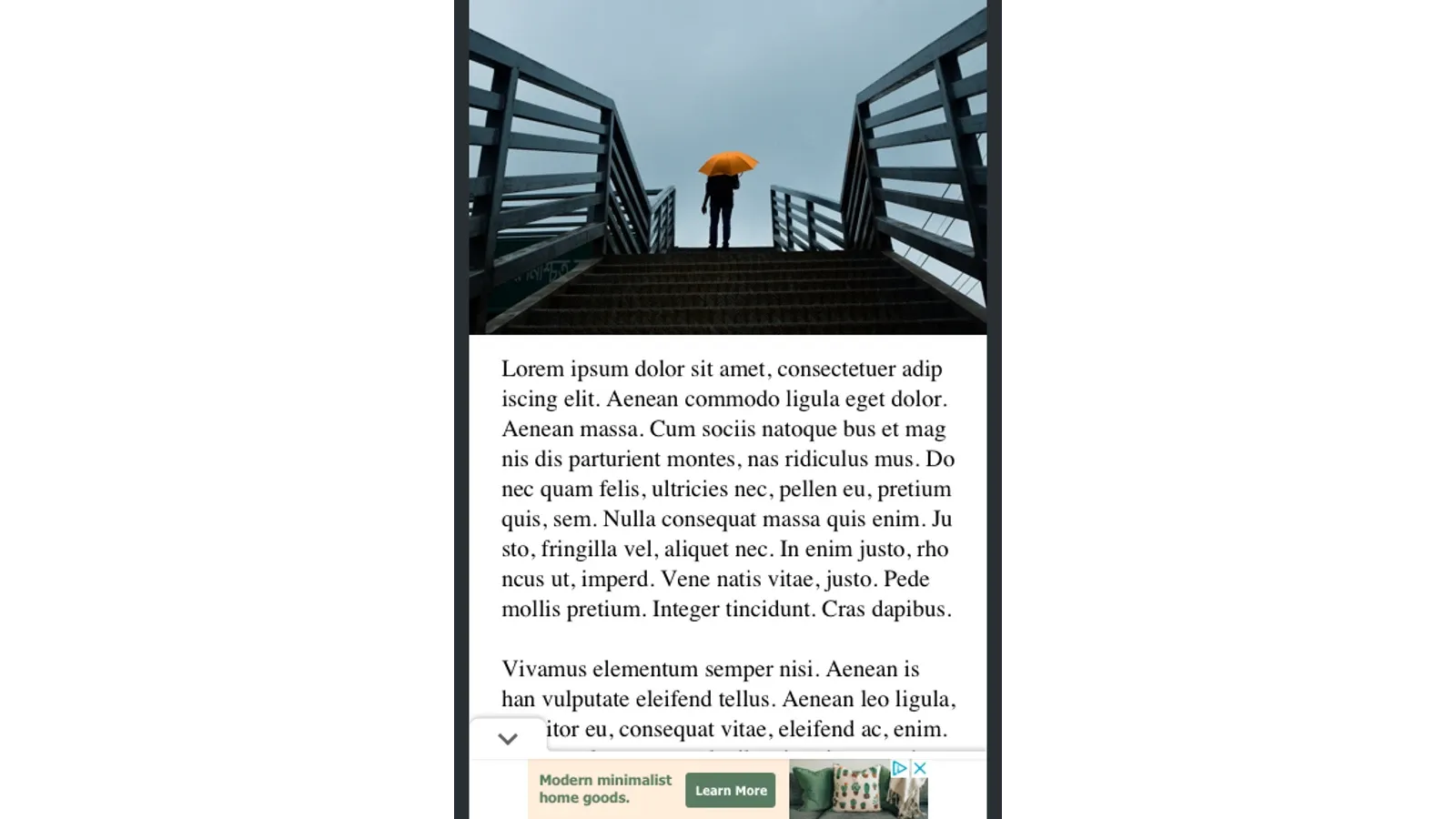Google Ad Manager eases ad implementation with Codeless Ad Units
Google recently enhanced its Ad Manager platform (used by large publishers) with the introduction of "Codeless Ad Units" – a feature designed to streamline ad integration for publishers. This beta release centers on anchor and interstitial ad formats.

Google this month enhanced its Ad Manager platform (used by large publishers) with the introduction of Codeless Ad Units – a feature designed to streamline ad integration for publishers. This beta release centers on anchor and interstitial ad formats.
Key Benefits
- Save Time: Bypass the traditional code-heavy process of placing ads on a website.
- Ease of Implementation: A simplified way to add ads, potentially accessible to less technically-minded individuals within publishing teams.
- Flexibility: Supports both interstitial (full-screen pop-up style) and anchor (positioned at the edges of a screen) ad formats.
Best Practices
Google offers these recommendations for optimal Codeless Ad Unit use:
- Limit to One: Stick to a single codeless ad unit per page.
- Choose One Method: Avoid using GPT tags and codeless ad units simultaneously for the same ad type.
- Think about Targeting: Selectively target the appearance of ads as needed.
Important Note: Codeless ad units do not currently support ad unit-level key values.
Setting up Codeless Ad Units requires the Google Publisher Tag (GPT) to be embedded on the relevant pages of the site.
This update reflects Google's ongoing refinement of the Ad Manager platform. Codeless Ad Units promise to save publishers valuable time and effort when implementing these common ad unit types.

